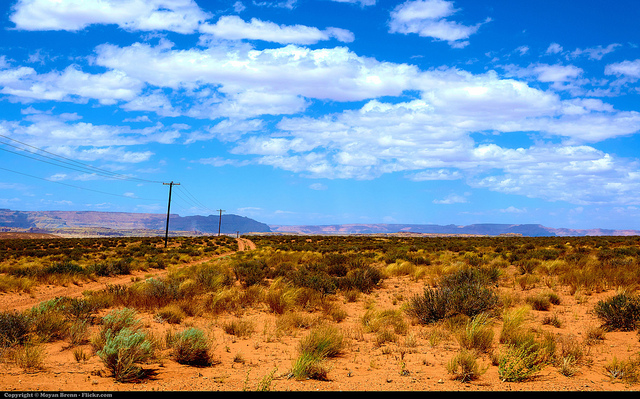
Protect your financial safety by ensuring the photos you use on your listings are properly licensed.
Listing content fuels the real estate industry, and displaying photographs of real properties online is now a vital part of the real estate professional’s marketing plan. Sellers use photographs to market properties, and buyers rely on those images to select which properties to visit. MLSs distribute property listings through proprietary databases that include the listing photographs. Moreover, MLSs in turn often license their property listing databases, including broker-provided photographs, to third-party portals, such as REALTOR.com, and other websites and vendors.
Improper use of listing photographs, however, can create legal problems for agents, brokerages and MLSs. Authorship and ownership of photographs within the real estate industry is “fractured”. Who authored the photograph and who can use what photograph and in what way varies across the industry. Listing photographs may be taken by homeowners, real estate agents, MLS or brokerage employees, or professional photographers. Photographs may be owned or licensed to different parties in a variety of ways. A misunderstanding of how you may use the photographs for property listings could make you vulnerable to a copyright lawsuit.
For example, copyright infringement of listing photographs is central to the recent lawsuitVHT, Inc. v. Zillow Group, Inc., No. 2:15-cv-1096 (W.D. Wash. 2015). VHT purportedly retains ownership in the listing photographs and only grants non-exclusive licenses to brokers to use the photographs solely in connection with marketing active property listings. In the complaint, VHT alleges that Zillow uses VHT’s photographs without authorization in connection with “sold” properties and on Zillow’s home design website, “Digs.” VHT argues that these uses exceed the scope of VHT’s limited license to use the photographs in connection with active property listings. The case is still pending.
It is crucial to know what rights you own in photographs and how those rights permit you to use the photographs. To reduce your risk of copyright infringement, you should:
- Review photography agreements to assess what rights were granted or conveyed;
- Audit your use of listing photographs to ensure compliance with the relevant agreements;
- Determine how you will use photographs and ensure future agreements permit those uses; and
- Maintain records of all photography agreements.
Sample Agreements
In order to assist members and member firms, NAR Legal Affairs created sample agreements, which should be modified as necessary to fit your particular needs.
These documents are provided as a sample, and are not intended to be and do not constitute legal advice, or a substitute for specific legal advice or opinions. The user of this sample document should not use this document without consulting legal counsel. The use of this document should be modified to address the specific legal needs of the user.
Work for Hire Agreement: This sample agreement provides that the commissioned photographs are a “Work for Hire”, which means the commissioning party is the automatic owner of the photographs from their creation.
Download: DOC | PDF
Assignment Agreement: In this sample agreement, the photographer assigns all right, title and interest in the photographs to the broker.
Download: DOC | PDF
Exclusive License Agreement: A photographer may want to retain its ownership of the photographs. In this sample agreement, the photographer grants to the broker an exclusive license to display and distribute the photographs in connection with the real estate industry.
Download: DOC | PDF














Comments